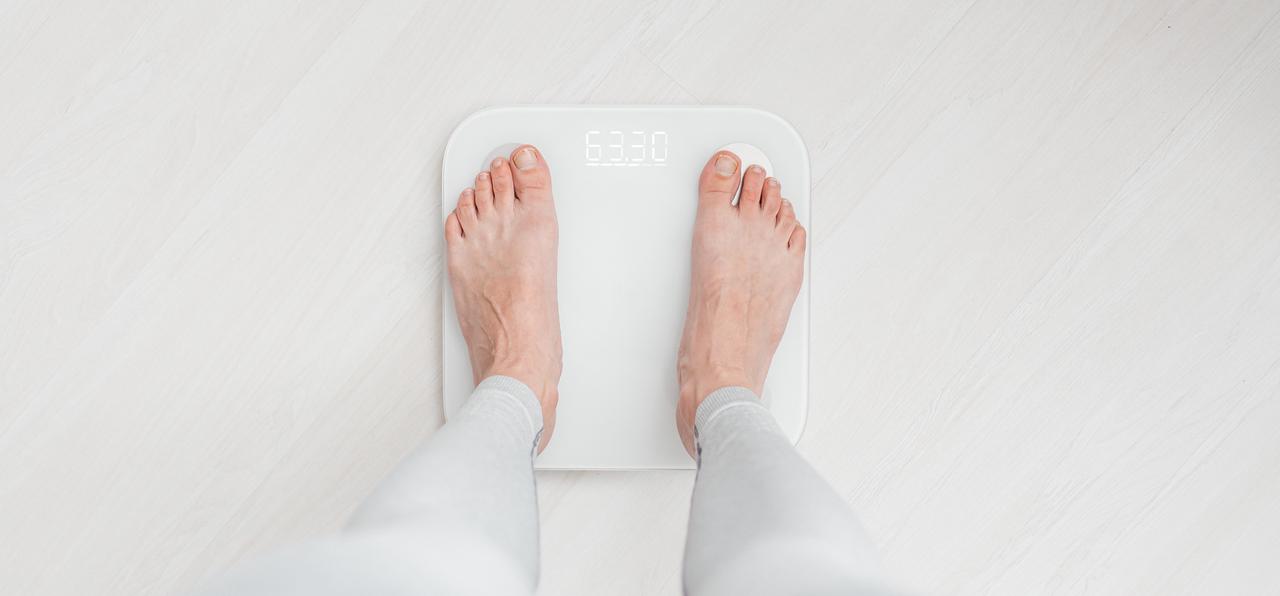
How to Boost Metabolism Post-Workout
Summary:
You’ve just crushed a workout, but the benefits don’t have to end when you leave the gym. With the right techniques, you can keep your metabolism revving long after your last rep or sprint. Here’s a guide on how to maximize post-workout calorie burn, including the science behind the afterburn effect, practical tips for fueling recovery, and strategies to keep your metabolism in high gear.

The Science of Post-Workout Metabolism
When we talk about “boosting metabolism post-workout,” we’re really talking about something called Excess Post-Exercise Oxygen Consumption (EPOC). Often called the “afterburn effect,” EPOC is your body’s way of restoring itself to its pre-exercise state. After an intense workout, your body works hard to repair muscles, replenish energy stores, and balance hormones, which requires extra oxygen and calories—meaning you continue to burn calories even after you stop exercising.
Research has shown that EPOC can last anywhere from several hours up to 24 hours post-exercise, depending on the intensity and duration of your workout. This is where the magic lies: by choosing specific exercises and post-workout strategies, you can maximize your metabolic rate for a prolonged calorie burn.
1. High-Intensity Interval Training (HIIT): The Afterburn Champion
If your goal is to boost metabolism post-workout, HIIT should be at the top of your list. HIIT involves short bursts of intense activity followed by rest periods. Studies have shown that HIIT can produce a more significant EPOC than steady-state cardio, making it an efficient choice for boosting calorie burn both during and after the workout.
How to Incorporate HIIT:
Choose exercises like sprints, kettlebell swings, or jump squats, and go hard for 20-30 seconds, followed by 30-60 seconds of rest. Repeat this cycle for about 15-20 minutes. This high-intensity effort taps into anaerobic energy systems, resulting in a powerful post-exercise metabolism boost.
2. Strength Training: Building Muscle for Long-Term Metabolism
Strength training is a metabolic powerhouse, especially when you focus on compound movements (exercises that engage multiple muscle groups). Lifting weights creates tiny tears in muscle fibers, which your body works to repair post-workout. This repair process requires energy, meaning you’ll keep burning calories as your body recovers.
Why Muscle Matters:
Muscle tissue is metabolically active, which means it burns more calories at rest than fat tissue. The more muscle mass you have, the higher your resting metabolic rate, allowing you to burn more calories even on rest days.
How to Maximize the Effect:
Focus on big movements like deadlifts, squats, and bench presses, which engage large muscle groups and stimulate a greater EPOC effect. For best results, aim to strength train 2-3 times per week, allowing recovery between sessions.
3. Stay Active Post-Workout: Don’t Just Sit Down
After a tough workout, it’s tempting to flop on the couch and call it a day. But engaging in light activity post-workout—like a walk or gentle stretching—can keep your metabolism elevated and encourage faster recovery.
Why Light Movement Helps:
Light activity helps reduce muscle soreness and promotes blood flow, which aids in delivering nutrients to muscles for recovery. This can help prevent the metabolic “slump” that often follows an intense workout.
How to Do It:
Plan a 10-15 minute walk or some dynamic stretches post-workout to keep your body in motion and encourage continuous calorie burning.
4. Fuel Your Body with Protein and Carbs: Recovery for Metabolism
Post-workout nutrition is key for metabolism. Eating a mix of protein and carbs within an hour after your workout replenishes glycogen stores and provides amino acids for muscle repair, which are critical for recovery and muscle maintenance. The quicker your muscles recover, the sooner your body can resume its normal, energy-efficient functions.
Protein’s Role:
Protein supports muscle repair, while carbs replenish glycogen—the stored form of energy used during exercise. A balanced intake of both nutrients post-workout can accelerate muscle recovery, preserving the afterburn effect of your workout.
Simple Post-Workout Meal Ideas:
Try a smoothie with whey protein and a banana, Greek yogurt with berries, or a chicken and vegetable wrap. Aim for 20-30 grams of protein and a similar amount of carbs post-workout for optimal recovery.
5. Hydration: Water Supports Metabolic Function
Your body’s ability to boost metabolism post-workout depends on proper hydration. Dehydration can slow down the metabolism, reducing your ability to burn calories efficiently. Post-workout hydration also helps flush out metabolic byproducts and keeps muscle tissues flexible and ready for recovery.
Hydration Strategy:
Drink water throughout your workout and rehydrate afterward, aiming for about 500 ml for every pound lost through sweat. If you’ve had an intense workout, consider adding electrolytes to replenish lost minerals and keep the body’s metabolic processes running smoothly.
6. Get Quality Sleep: Rest Fuels Recovery and Metabolism
Sleep is when much of your muscle repair and recovery happens. During deep sleep, your body releases growth hormone, which aids in tissue repair and metabolism regulation. Poor sleep can disrupt these processes, reducing your body’s efficiency in recovering and impacting your next workout’s performance.
Sleep Tips for Maximum Recovery:
Aim for 7-9 hours of quality sleep per night. Develop a relaxing pre-sleep routine to help you unwind, and avoid screens at least an hour before bed. Good sleep hygiene allows your metabolism to function optimally, enhancing the calorie burn from your workout.
Putting It All Together: A Holistic Approach to Post-Workout Metabolism Boost
By strategically combining high-intensity workouts, strength training, balanced nutrition, hydration, light activity, and quality sleep, you can maximize your post-workout metabolism. Each of these strategies fuels a different part of the recovery and energy replenishment process, working together to keep your body burning calories long after you leave the gym.
Remember, the afterburn effect isn’t just about burning extra calories—it’s about building a metabolism-boosting routine that supports your long-term fitness goals. Embrace these techniques, and watch your metabolic rate soar, helping you reach and maintain a healthy, energized body.
References:
1. Laforgia, J., Withers, R. T., & Gore, C. J. (2006). “Effects of Exercise Intensity and Duration on the Excess Post-Exercise Oxygen Consumption.” Journal of Sports Sciences, 24(12), 1247-1264.
2. Schoenfeld, B. J., & Aragon, A. A. (2015). “How Much Protein Can the Body Use in a Single Meal for Muscle-Building? Implications for Daily Protein Distribution.” Journal of the International Society of Sports Nutrition, 12(1), 10.
3. Borsheim, E., & Bahr, R. (2003). “Effect of Exercise Intensity, Duration, and Mode on Post-Exercise Oxygen Consumption.” Sports Medicine, 33(14), 1037-1060.
Meet Fitnexa, your AI-driven companion that turns everyday habits into a positive, uplifting journey. From effortless meal analysis (including recipe suggestions) to personalized coaching and real-time support, Fitnexa keeps you on track toward lasting wellness — so you can stay younger, live longer.
https://apple.co/4hr8JGW





Leave a comment
This site is protected by hCaptcha and the hCaptcha Privacy Policy and Terms of Service apply.